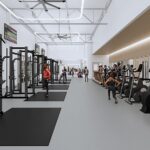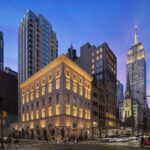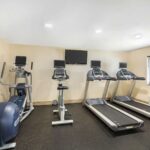Whether you’re planning a powder day or a summer escape, understanding the temperature in Big Bear California is the key to a comfortable, memorable trip. As a weather-focused travel writer who has tracked mountain climates for years, I’ll break down how elevation, seasons, and daily swings shape Big Bear’s temperatures. Short version: winters are cold and often snowy, summers are warm and sunny without the desert’s extreme heat, and day-night temperature swings can be dramatic. Stick with me for expert insights, real-world tips, and trustworthy data to plan like a local.
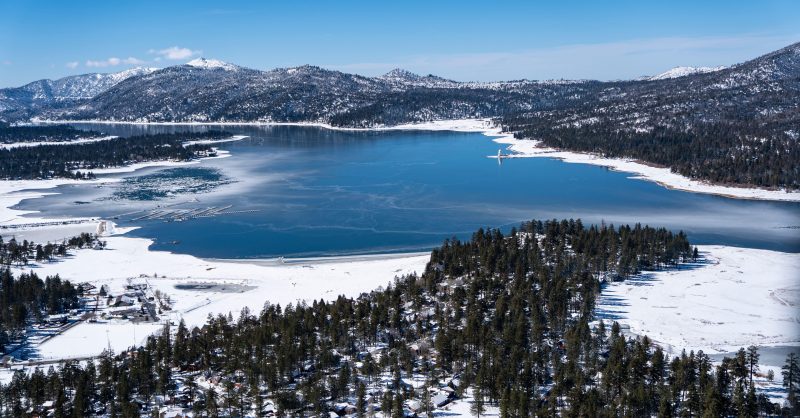
Source: www.bigbear.com
Why Elevation Matters For Temperature
Big Bear sits around 6,700 to 7,000 feet above sea level in the San Bernardino Mountains. That altitude drives most of the temperature story:
- Cooler overall climate: Air temperature typically drops about 3 to 5 degrees Fahrenheit for every 1,000 feet of elevation gain. Compared with nearby lowland cities, Big Bear often runs 15 to 25 degrees cooler, especially overnight.
- Strong sun, thin air: Expect higher UV exposure than at sea level. Even in winter, the sun can feel intense while the air stays cold.
- Big day-night swings: Dry mountain air and clear skies allow heat to escape at night, leading to large temperature drops after sunset.
From field days photographing sunrise at Big Bear Lake, I’ve recorded frost on the ground in late May and T-shirt weather by lunch. Plan with altitude in mind and you’ll be comfortable year-round.
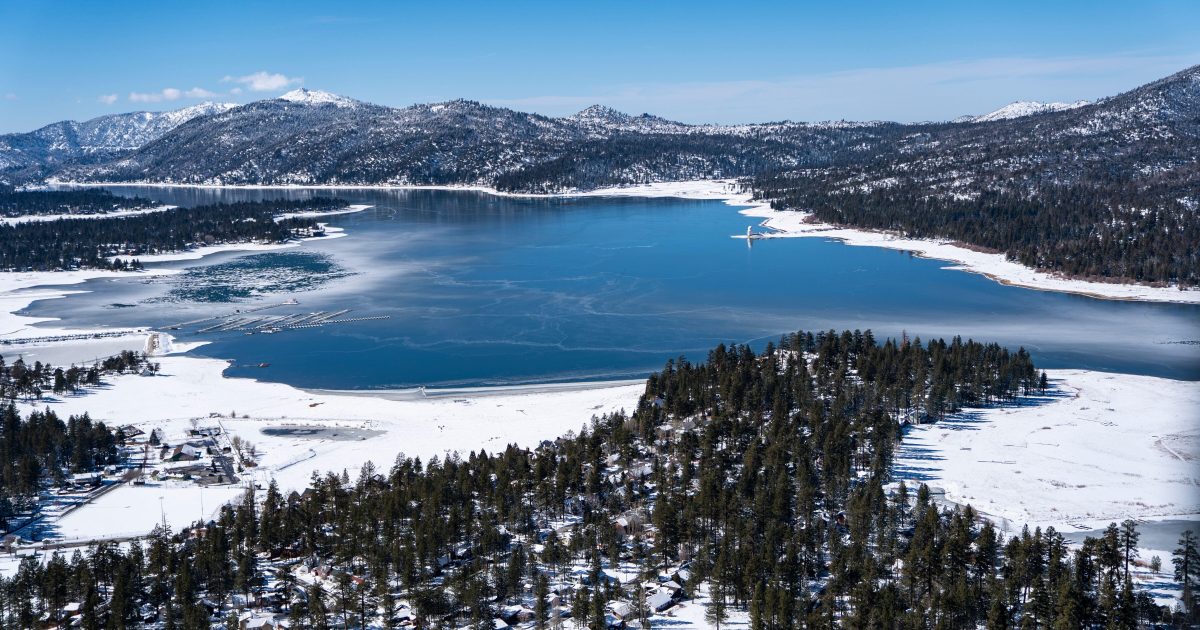
Source: www.bigbear.com
Seasonal Temperature Overview In Big Bear
Understanding the seasons helps you match your expectations and packing list:
- Winter (December to February): Highs often in the 40s, lows in the teens to 20s. Frequent freezing nights. Snow events are common, with storms delivering significant accumulations some years.
- Spring (March to May): Gradual warm-up. Chilly mornings in March give way to pleasant afternoons by May. Late-season snow can happen but becomes less likely by April.
- Summer (June to August): Warm, sunny days with highs generally in the upper 70s to low 80s, and cool nights in the 40s to 50s. It’s a classic mountain summer, not a desert fry.
- Fall (September to November): Crisp and clear. September feels summery by day; by November, you’re back to cold nights and the first frost, sometimes early snow.
Expert data from long-term climate normals show consistent patterns: mild summer days, cold nights most of the year, and wintertime freezes. My rule of thumb: bring a warm layer no matter the month.

Source: en.wikipedia.org
Monthly Averages And Extremes
Long-term climate normals for the Big Bear area (1991–2020) give a reliable guide. Actual weather varies year to year, but these ranges are useful for planning:
- January: Average high around mid-40s, low near 20 to low-20s. Subfreezing nights are common.
- February: Highs mid-40s, lows low-20s. Snowfall still likely.
- March: Highs low-50s, lows mid-20s. Transition month; cold snaps still occur.
- April: Highs upper-50s, lows near 30. Late snow possible but less frequent.
- May: Highs mid-60s, lows mid-30s. Frosty dawns are still possible.
- June: Highs upper-70s, lows low-40s. Nighttime sweater weather.
- July: Highs low-80s, lows around 50. Occasional monsoon thunderstorms.
- August: Highs low-80s, lows upper-40s. Dry, sunny, comfortable.
- September: Highs mid-70s, lows low-40s. Early fall chill at night.
- October: Highs mid-60s, lows mid-30s. First freezes return.
- November: Highs mid-50s, lows mid-20s. Wintry nights, occasional early snow.
- December: Highs mid-40s, lows near 20. Frequent freezes and snow chances.
Extremes to keep in mind:
- Heat: Summer highs can spike into the 90s during rare heat waves, but 100+ is uncommon due to altitude.
- Cold: Arctic air outbreaks have pushed lows below zero on record. Wind chill can make it feel much colder.
When I guide autumn photo walks, I often start near freezing at dawn and end the session at a comfortable 60-plus by late morning—layering is everything.
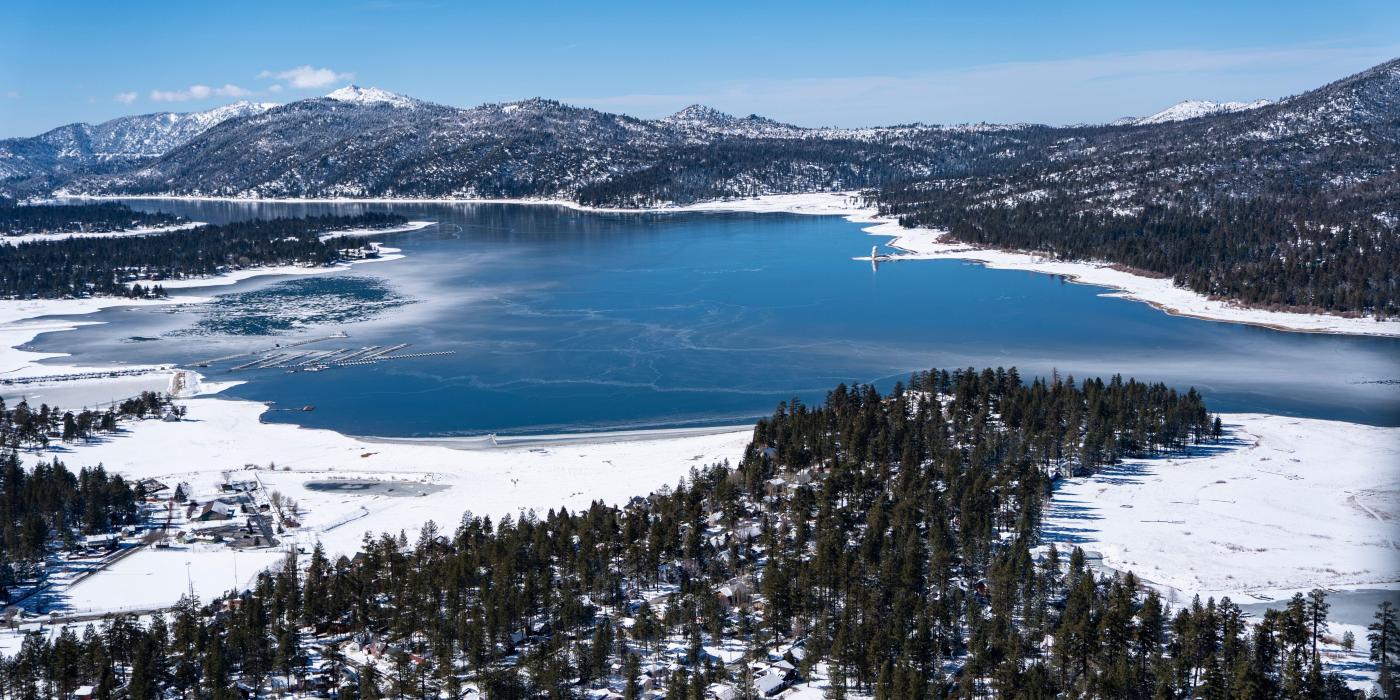
Source: www.bigbear.com
Day-Night Swings, Wind Chill, And UV
The mountain environment brings three practical temperature factors:
- Diurnal swings: A 25- to 35-degree swing from afternoon to pre-dawn is normal on clear days. A 78-degree afternoon can turn into a 45-degree evening fast.
- Wind chill: Winter winds over the lake or ridgelines can make a 30-degree day feel like the teens. Choose wind-resistant outer layers.
- UV index: Higher elevation boosts UV intensity, even when the air feels cool. Sunburn happens faster in Big Bear than you expect in winter and spring.
Mistakes to avoid:
- Underestimating nights: Many summer visitors pack like it’s the beach and shiver after sunset.
- Ignoring wind: A sunny 40-degree day can feel raw with a breeze on the water or slopes.
- Skipping sunscreen: I’ve seen more pink faces in January than in July here.

Source: weatherspark.com
Snow, Ice, And Lake Effects
Snow and ice shape the winter temperature experience:
- Snowfall: Seasonal totals vary widely based on storm tracks, but many winters deliver several feet across multiple storms. Snowpack lingers on north-facing slopes and shaded streets.
- Cold pooling: The basin and lakeshore can trap cold air at night, producing lower temperatures than nearby hillsides.
- Lake moderation: During extreme heat, the lake can slightly temper daytime highs near the shore; in early winter, open water may keep nighttime lows a touch higher right at the waterfront.
Practical tip: After storms, the clearest nights can be the coldest due to radiational cooling. If you’re aiming for sunrise photos or first chair on the mountain, gear up like it’s 10 to 15 degrees colder than the forecast high.
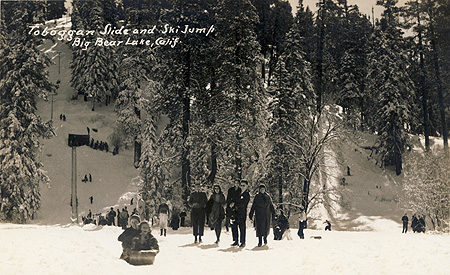
Source: www.tylerwoodgroup.com
What To Pack And How To Plan
Smart packing beats temperature surprises:
- Year-round: Sunglasses, sunscreen, lip balm, reusable water bottle.
- Winter: Insulated jacket, thermal base layers, waterproof gloves, beanie, traction-friendly shoes or boots, hand warmers.
- Shoulder seasons: Light puffer or fleece, windproof shell, warm hat for mornings and evenings.
- Summer: Breathable layers, light jacket for nights, sun hat, quick-dry clothing.
Trip-planning tips:
- Check both day and night forecasts; pack for the low.
- If you’re staying near the lake, expect slightly cooler dawns with more frost potential in fall and spring.
- Allow for storm variability in winter. Book flexible arrival/departure windows when possible.
From personal experience shooting Milky Way over the lake in August, I’ve needed a down jacket at 2 a.m. despite a warm day. Plan like a mountaineer, not a beachgoer.
Best Times To Visit Based On Your Comfort
Match your tolerance to typical temperatures:
- Love mild days and cool nights: Late June to early September.
- Prefer crisp weather for hikes and fall color: Late September to mid-October.
- Chasing snow and winter vibes: Late December to February, with flexibility for storms.
- Quiet, cool shoulder trips: May and early November can be peaceful but chilly at dawn.
For families, I often recommend late June or early September. You avoid peak crowds, enjoy 70s by day, and can cozy up in the 40s at night.
Safety, Forecasting, And Reliable Data Sources
Mountains demand a bit more prep than lowland destinations:
- Forecasts: Check a reliable mountain forecast service 3 to 5 days out, then again 24 hours before arrival. Look for temperature by elevation when possible.
- Road conditions: Winter temperatures create ice and chain controls. Verify state highway updates before driving up the mountain.
- On-trail awareness: Temperatures drop quickly with altitude gain. If you’re hiking to higher ridges, expect colder, windier conditions than in town.
For accuracy, lean on long-term climate normals and mountain-specific forecasts rather than general city apps. In my experience, a dedicated mountain forecast is far more dependable for overnight lows and wind chill.
Climate Trends And What The Future May Hold
Observed data in Southern California’s mountains show variability year to year, with signals that align with broader regional trends:
- Warmer nights: Minimum temperatures have edged up in many Western mountain locales over recent decades, which can shorten the duration of seasonal snow cover.
- Hot spells: Summer heat waves still reach Big Bear, but altitude continues to cap the extremes compared with the valleys.
- Precipitation variability: Some winters bring frequent cold storms and significant snowfall; others skew drier and warmer. This variability directly affects experienced temperatures via snow cover and radiational cooling.
What this means for you:
- Expect the classic pattern—cool nights, mild days in summer, cold winters—to remain, but be prepared for occasional shifts: warmer winter spells or cold snaps punctuating milder periods. I plan with a wider temperature band in mind and pack an extra layer to hedge uncertainty.
Frequently Asked Questions Of Temperature In Big Bear California
What Is The Average Temperature In Big Bear In Summer?
Typical July and August afternoons reach the low 80s, with nights in the upper 40s to low 50s. Heat waves can push highs into the 90s, but that’s not the norm.
How Cold Does It Get In Winter?
Common winter afternoons run in the 40s, with nights in the teens to 20s. During cold outbreaks, temperatures can dip near or below zero, especially before dawn.
Does Big Bear Get Snow Every Year?
Most winters bring multiple snow events, but totals vary widely. Some seasons see frequent storms and deep snowpack, while others are lighter.
Why Are Nights So Much Colder Than Days?
Dry mountain air and clear skies allow rapid heat loss after sunset, producing large day-night swings—often 25 degrees or more.
Is The Sun Stronger In Big Bear?
Yes. Higher elevation increases UV exposure. Even on cool days, you can burn quickly. Sunscreen and sunglasses are smart year-round.
What Should I Wear For A Summer Evening By The Lake?
Bring a light jacket or fleece. Temperatures often fall into the 40s and 50s after sunset, and a breeze can make it feel cooler.
How Do Temperatures Near The Lake Differ From In Town?
The lakeshore can be a bit cooler at dawn due to cold pooling, with subtle moderation of daytime heat near the water on hot days.
Conclusion
Big Bear’s temperatures are defined by altitude: mild, sunny summers with cool nights; crisp shoulder seasons; and cold, often snowy winters. Plan around day-night swings, respect the wind and UV, and you’ll be comfortable in any season. Pack layers, check a mountain-focused forecast, and give yourself flexibility during winter storms.
If you’re ready to put this guide to work, choose your season, build a smart packing list, and keep an eye on the forecast a few days before your trip. Want more tips like this? Subscribe for updates, or drop a comment with your travel dates and I’ll help you fine-tune your plan.
Watch This Video on temperature in big bear california



